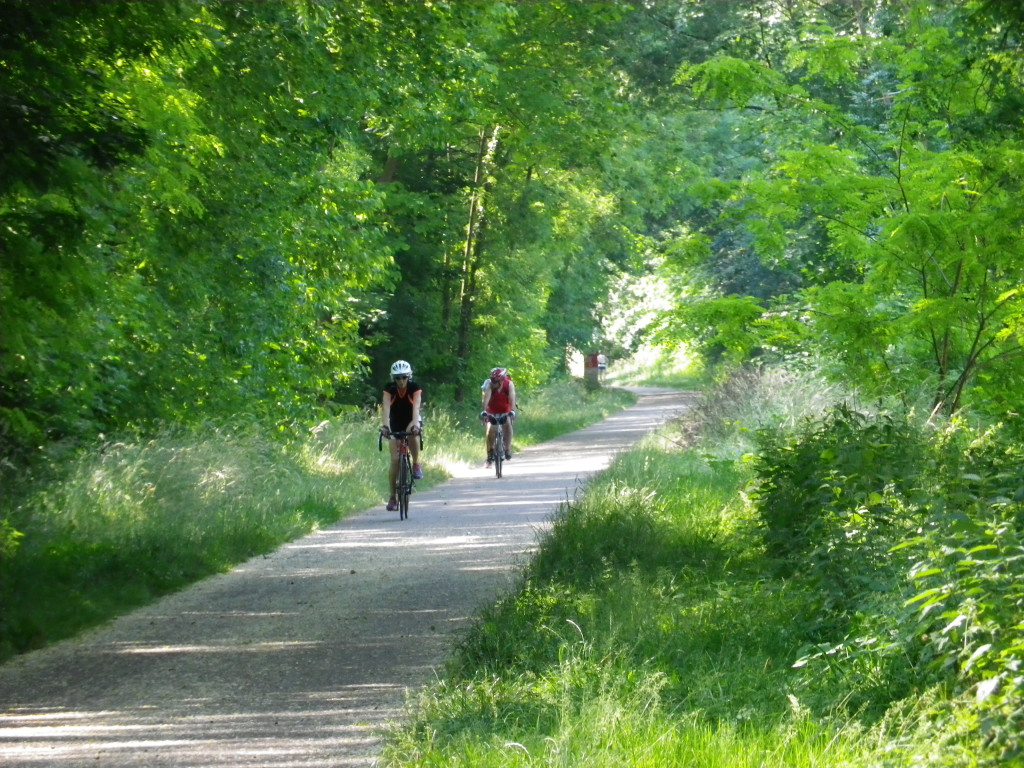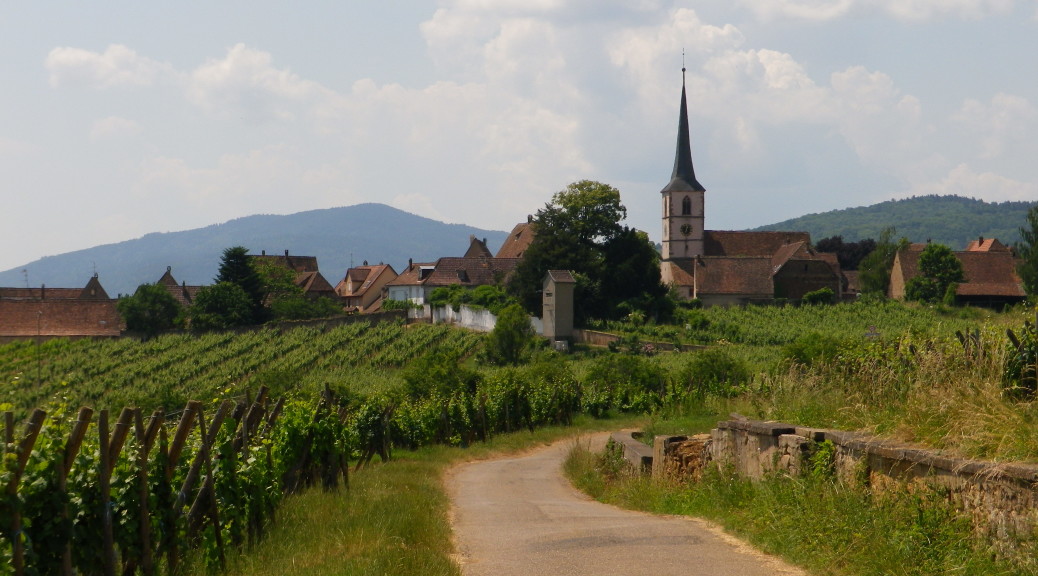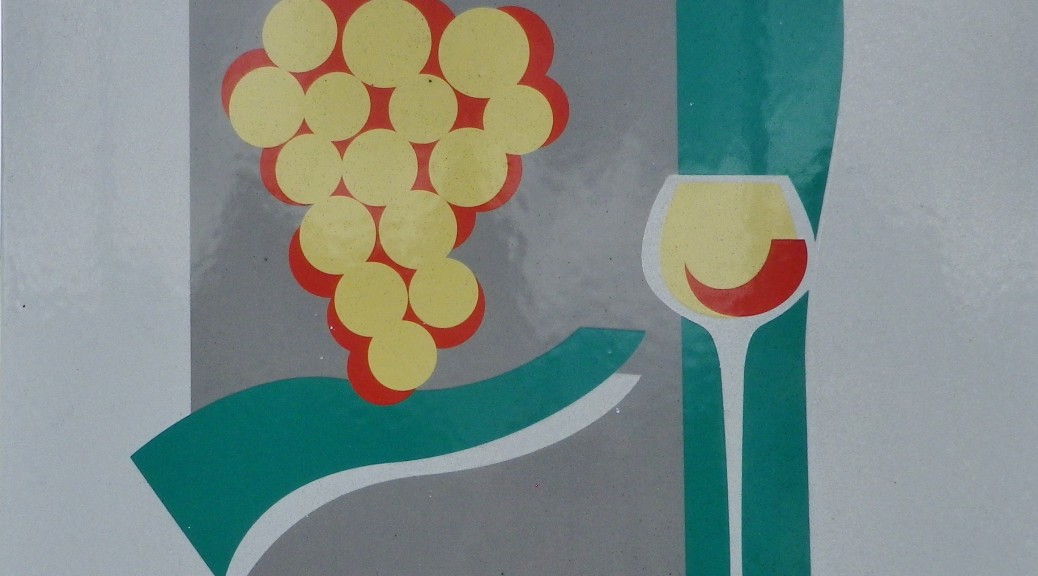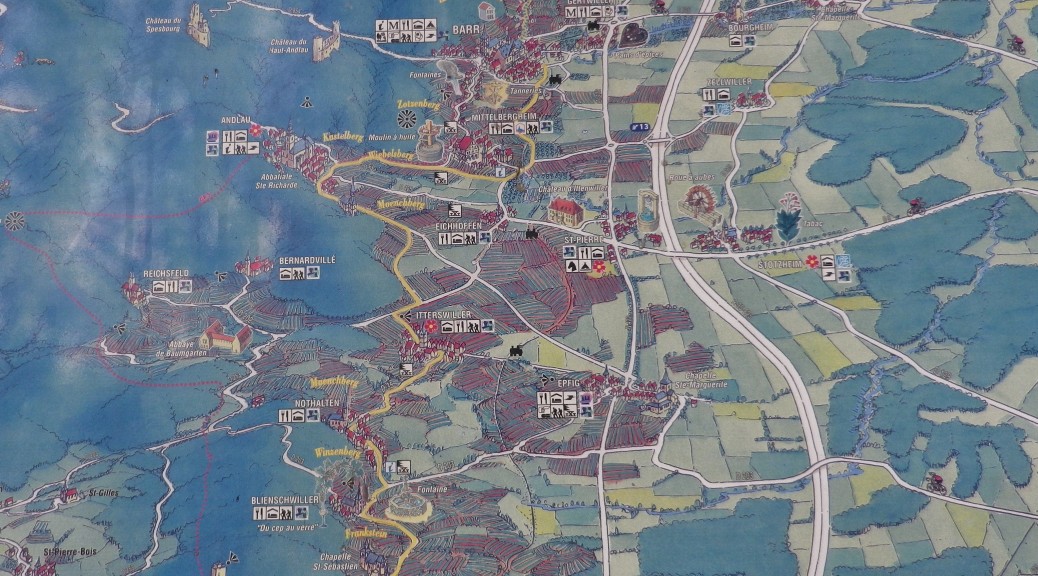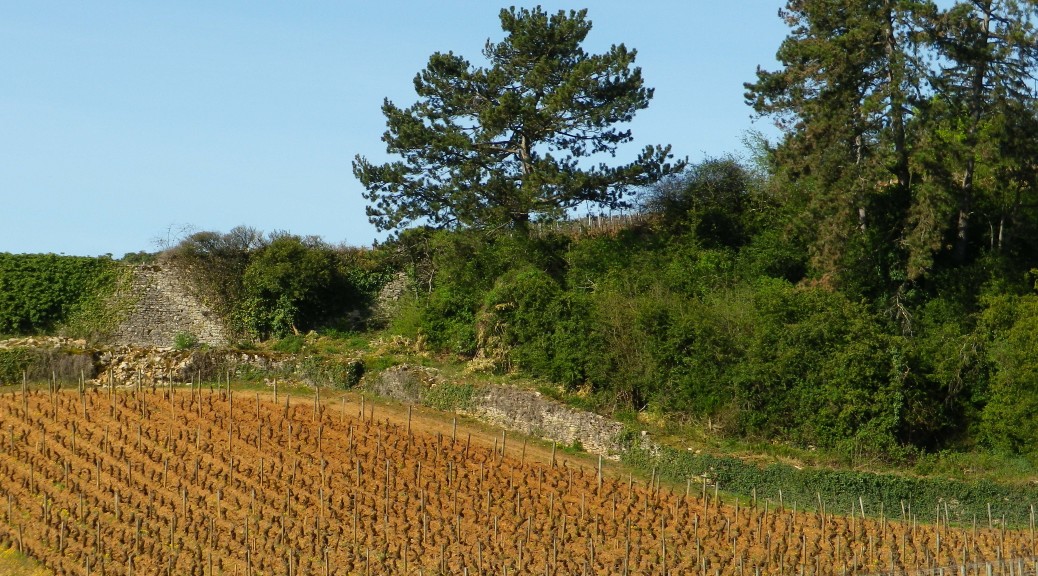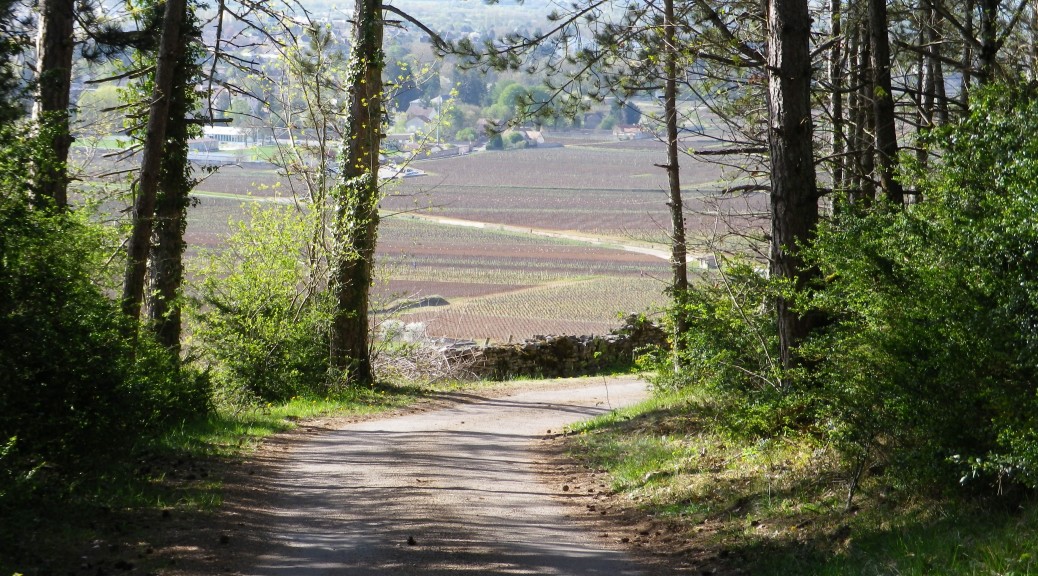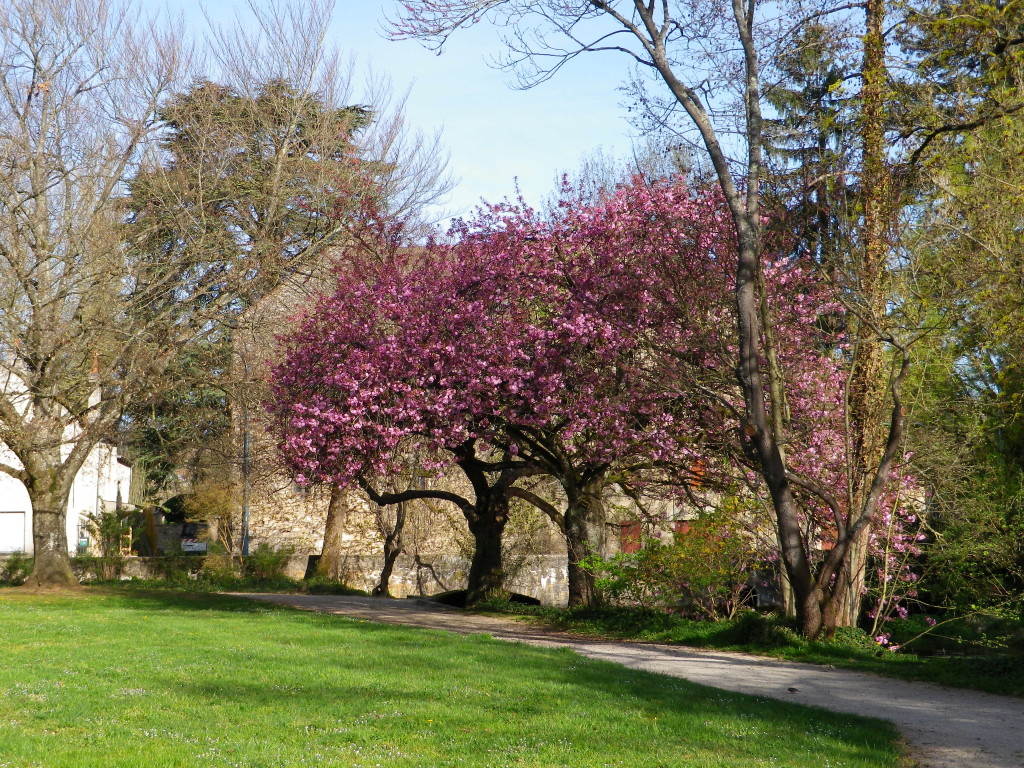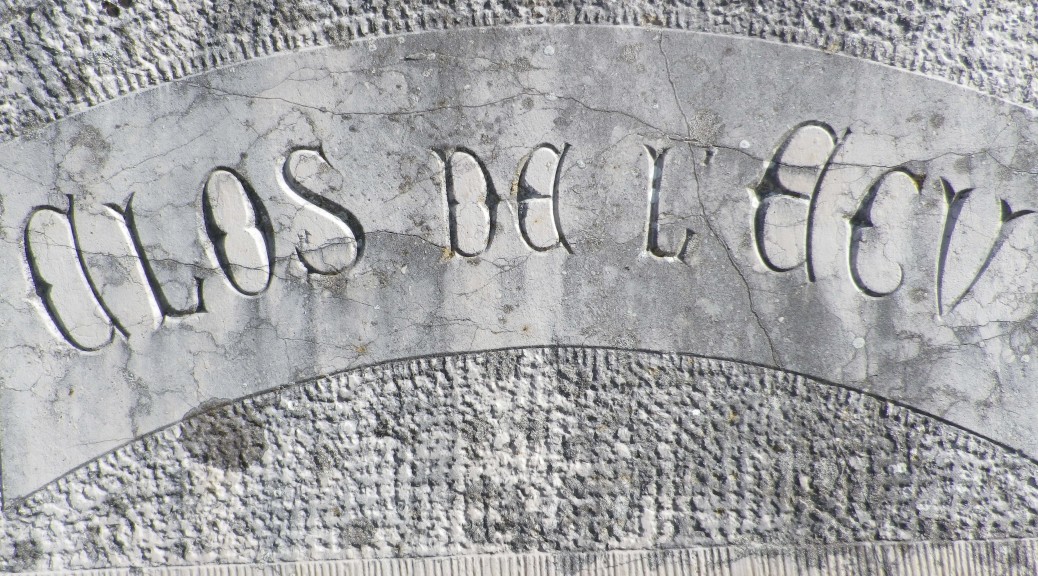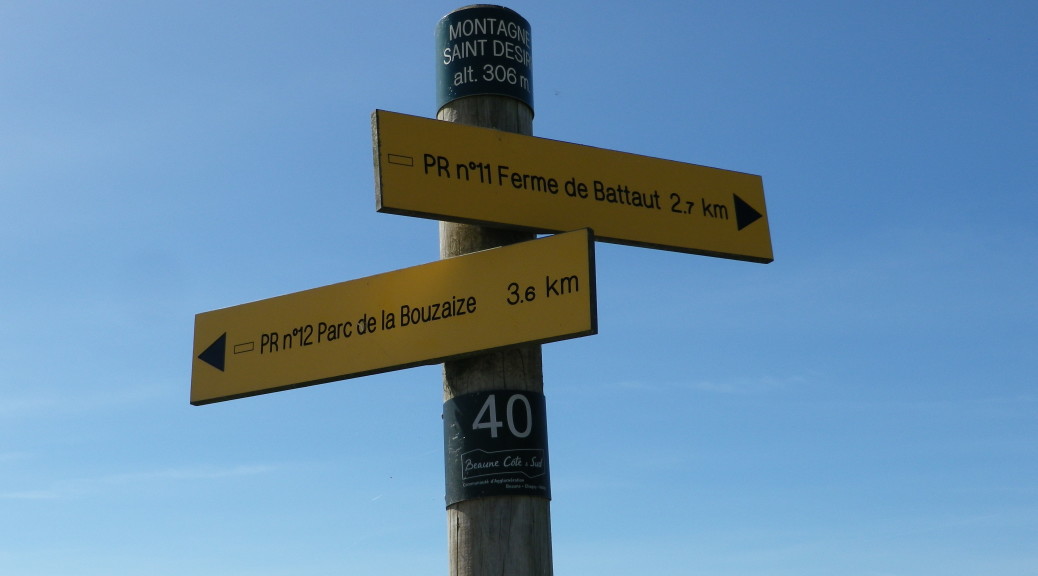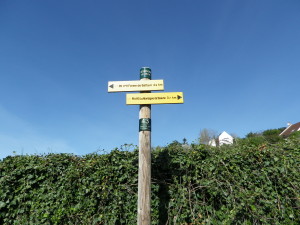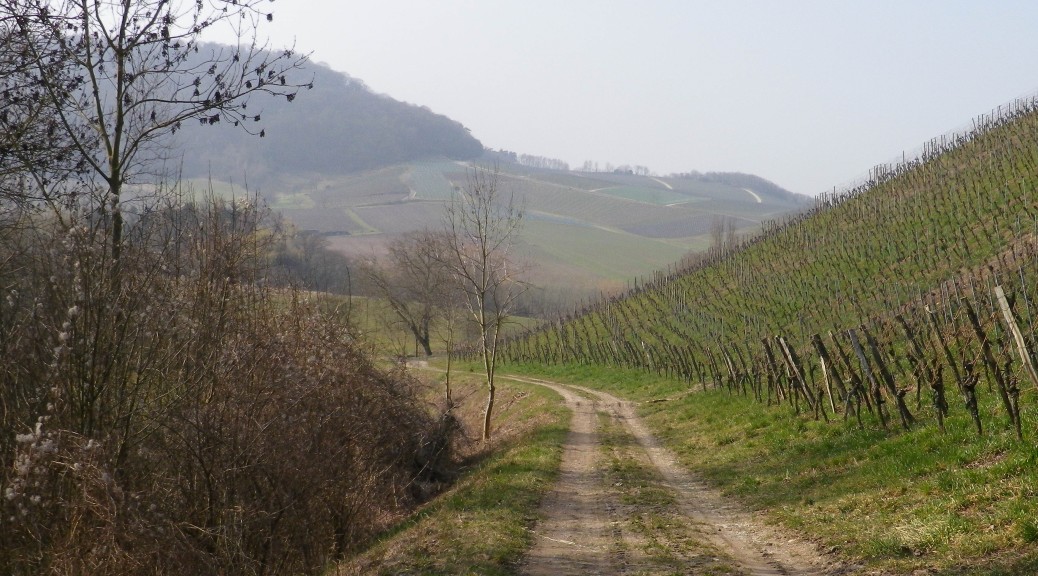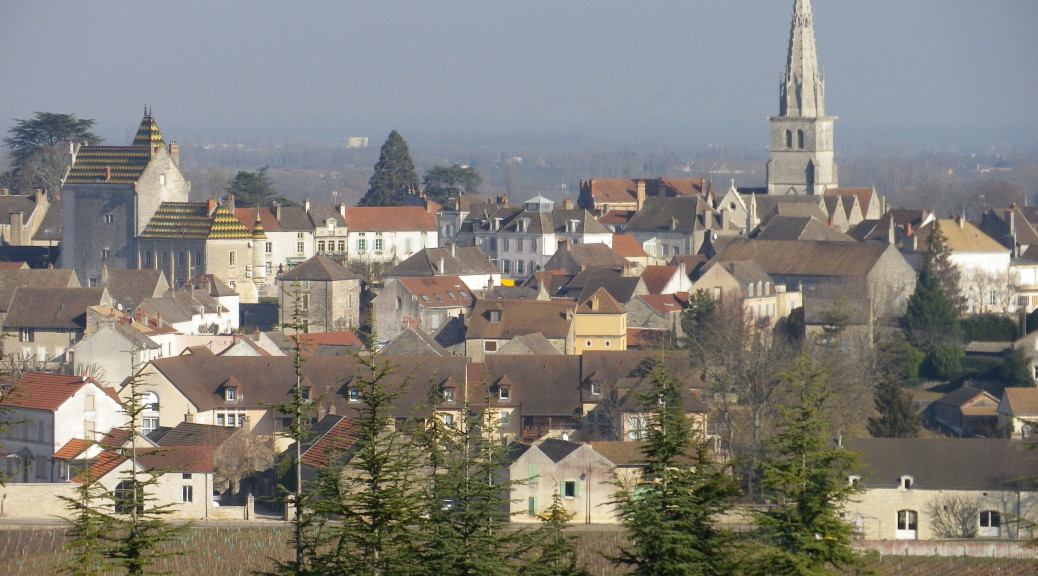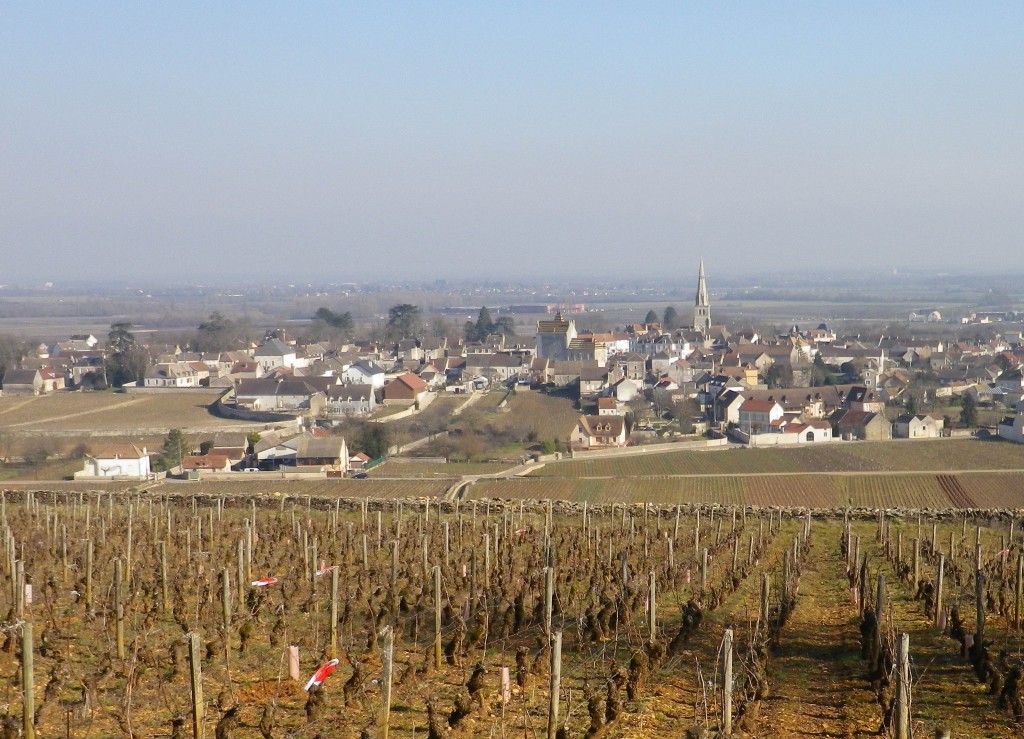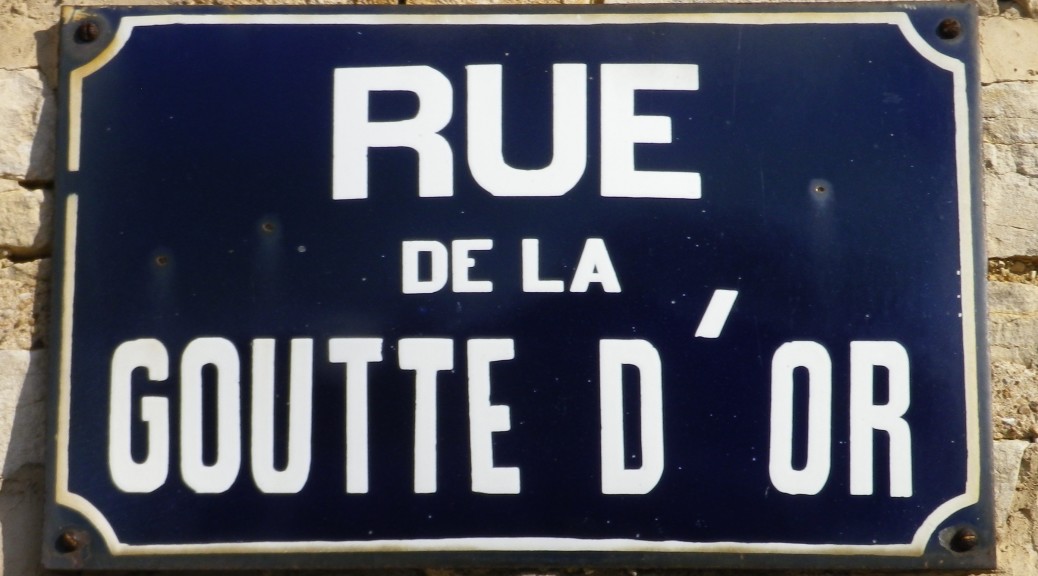At a wine tasting with both red and white wines, organizers usually end the event with the red wine selection. In my most recent bike tour, I began in white wine territory, (albeit one that produces a decent Pinot Noir as well), and finished the trail in an Alsatian village known for its reds. In between, the trail wound through other compact villages with colorful visuals, people and history, and vineyards, lots of vineyards.
So it was with this trail: wonderful, diverse wines, interesting villages, and a bit of history, all in one beautiful day. From the outset in Marlenheim, the trail revealed its rural tendencies. The first ten kilometers or so were along a beautifully maintained bicycle-only trail, set amidst green fields, woods, and past the backs of villages. After Molsheim (home to the first Grand Cru along the trail) and Dorlisheim, another four and a half kilometers of peaceful trail resumes. Be it through fields or vineyards, there were plenty of sights and views to admire. Alsatian countryside is idyllic, the villages beyond charming, and the trail highlighted the opportunities to appreciate these.
